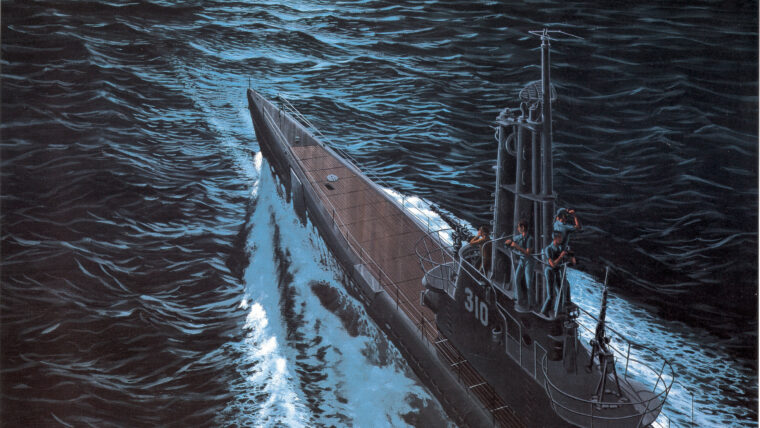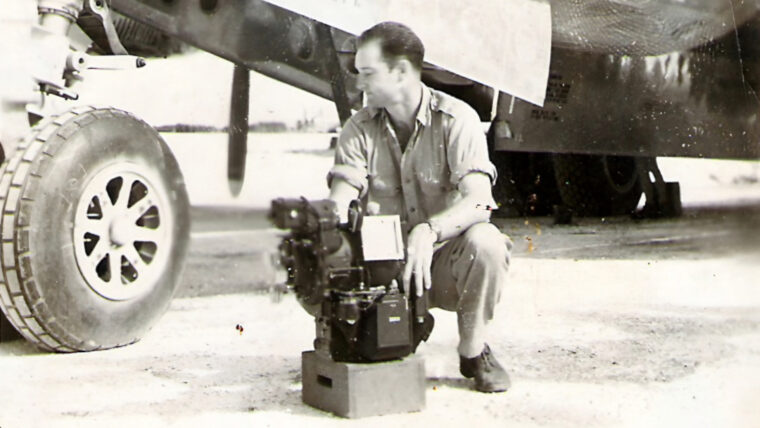
RADAR
Prelude to Iwo Jima: The Japanese Assault On B-29 Base On Marianas
By Michael P. SlaterFrom an altitude of 30,000 feet, the swift Japanese reconnaissance aircraft flew high over Saipan and Tinian, photographing the brisk and extensive engineering effort under way on the American airfields far below. Read more






















